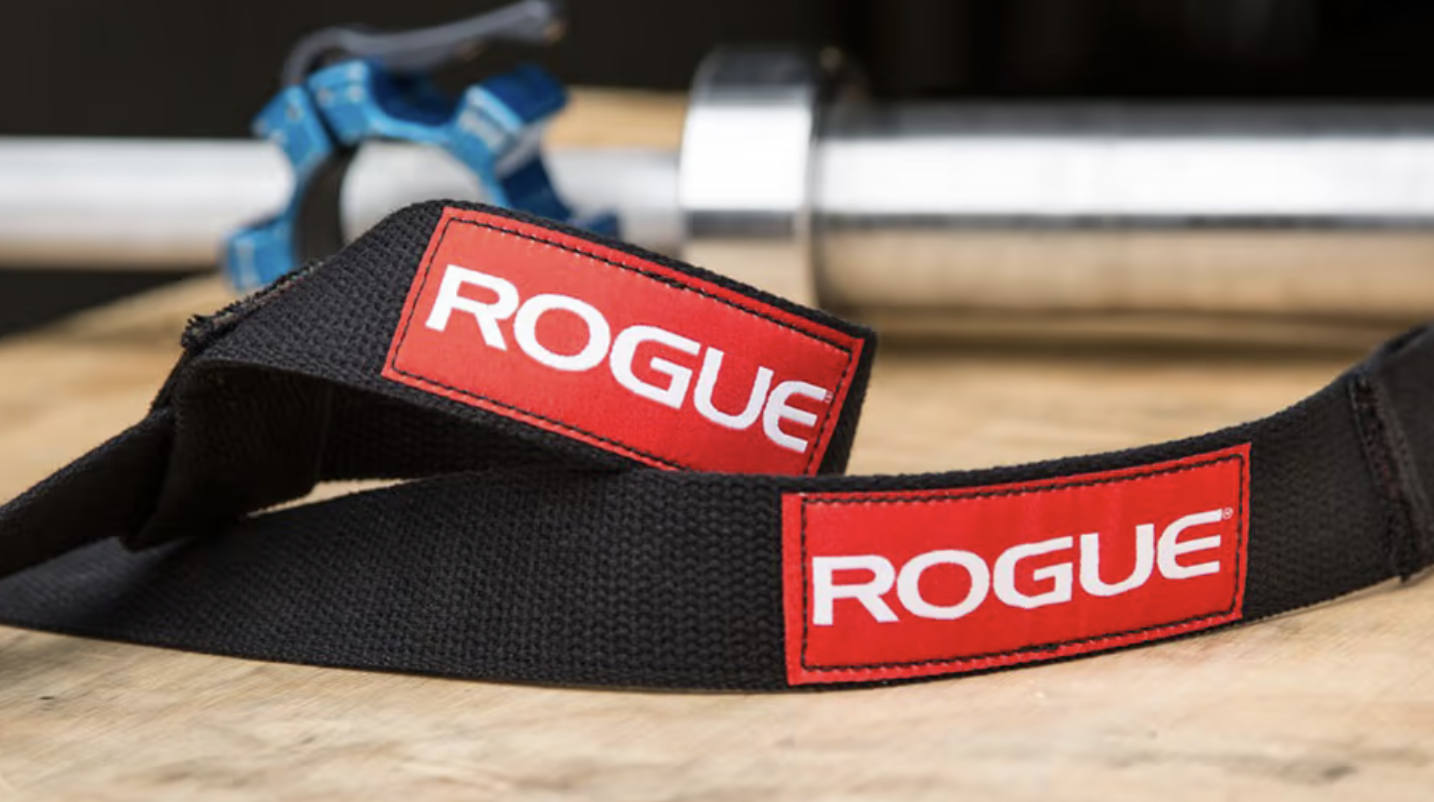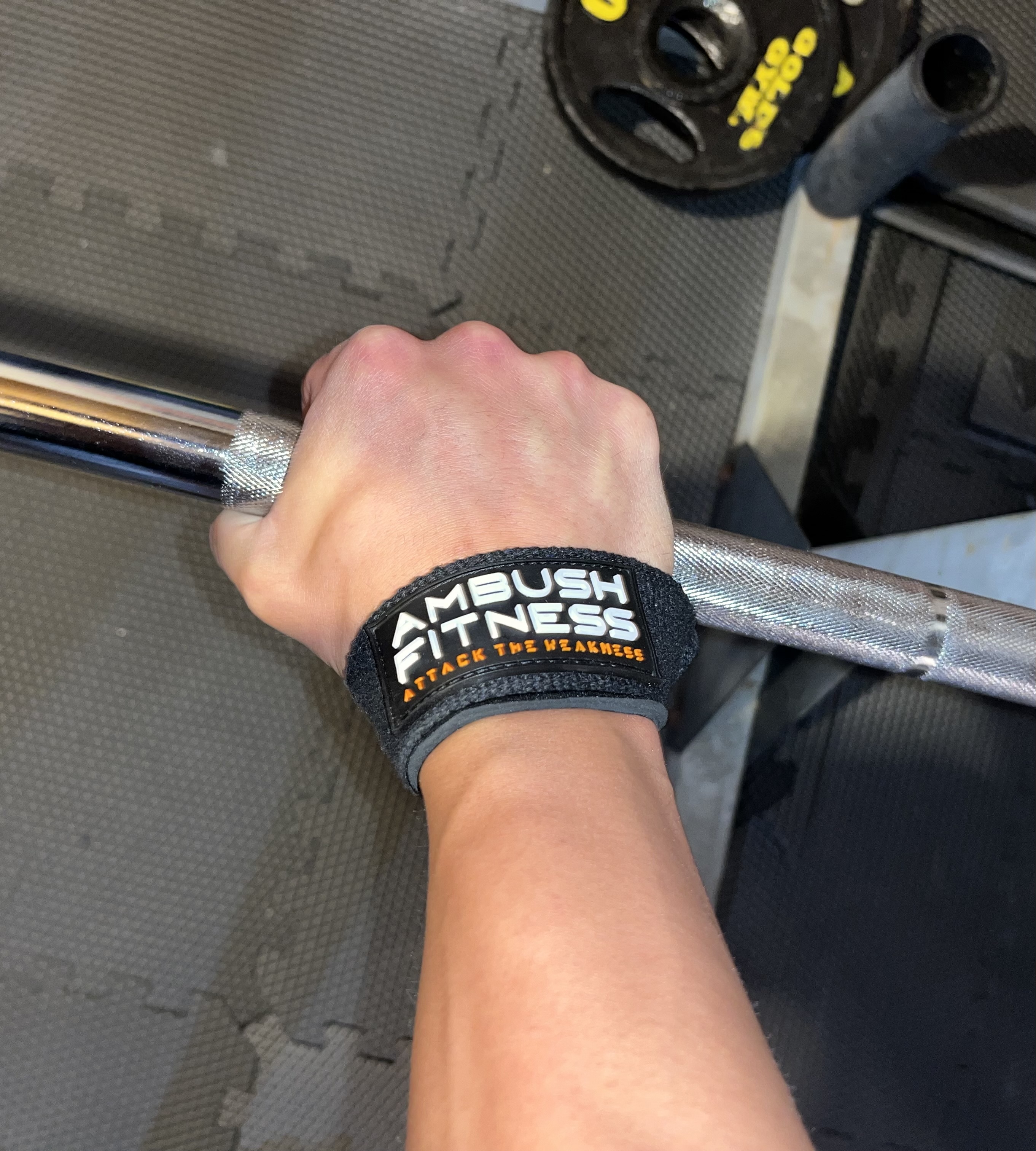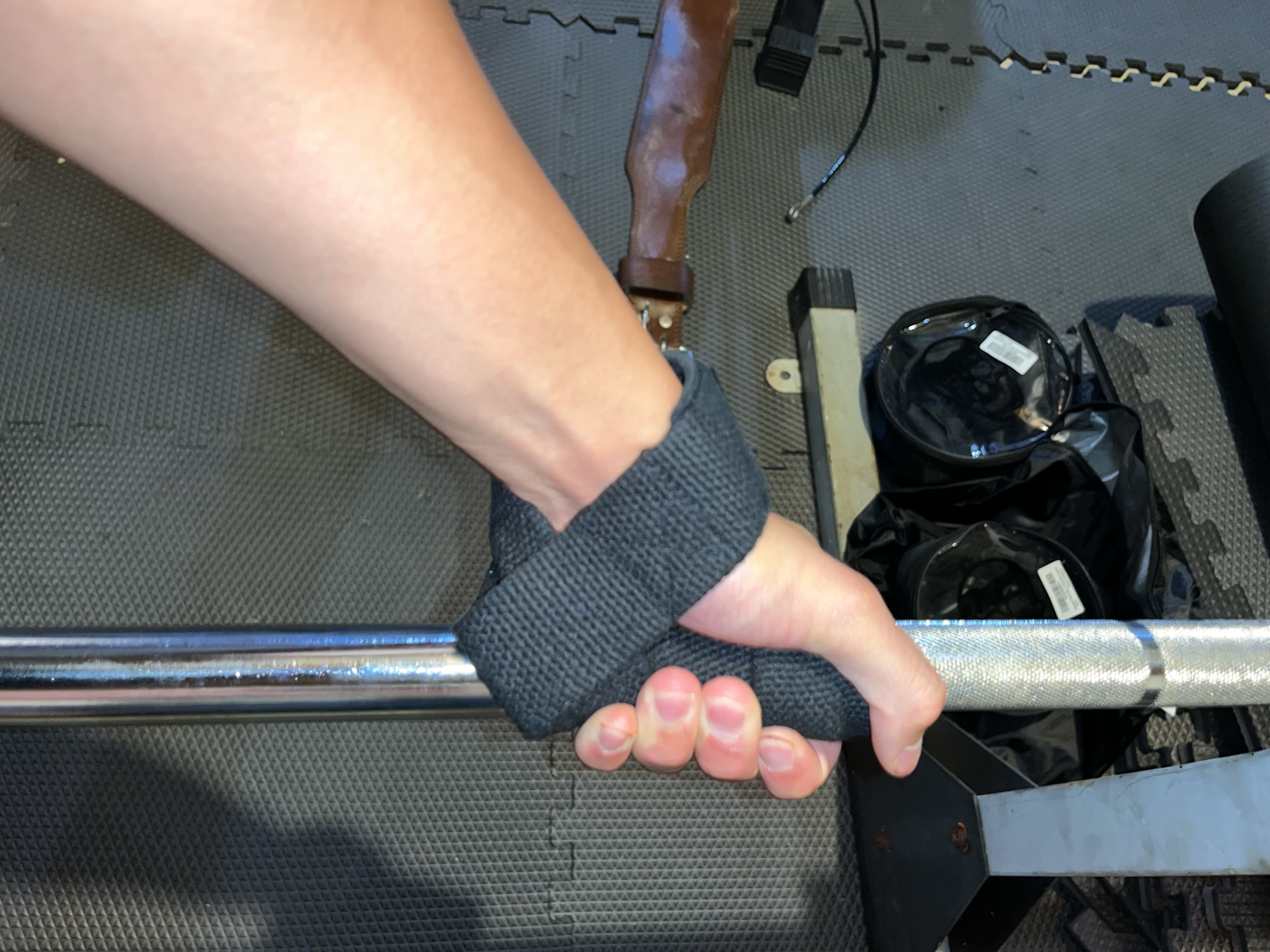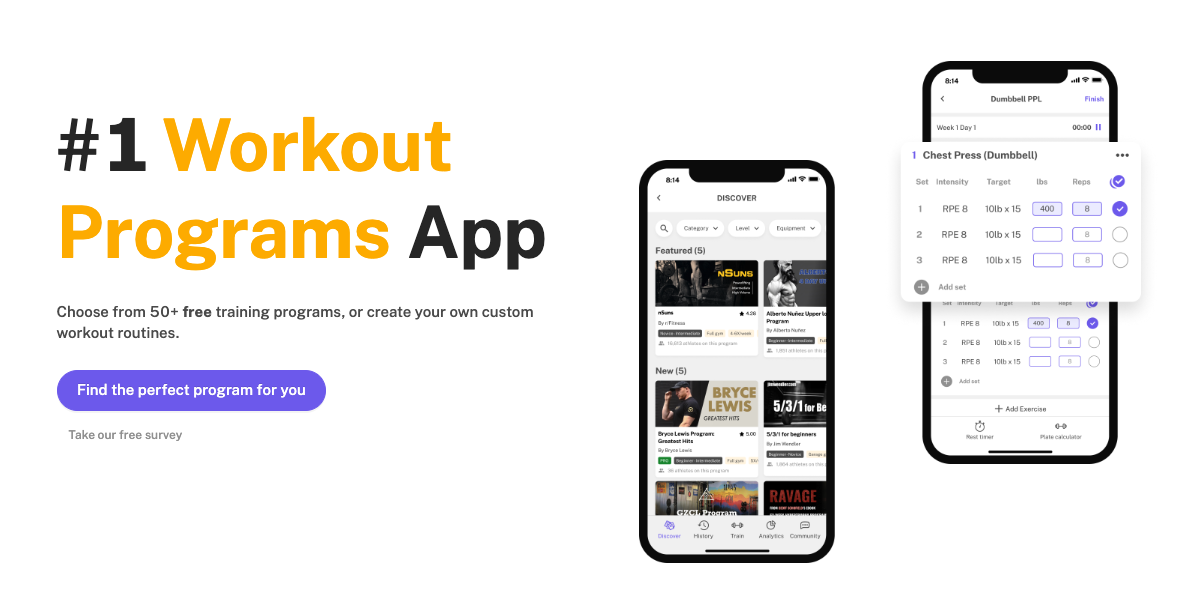Do You Need Lifting Straps?
Written by The Boostcamp Editors
The pros, cons, and level of necessity behind lifting straps
When it comes to picking weights up in the gym, whether they be dumbbells, barbells, or simply just moving weight on the machine, sometimes your grip will give out, and that can happen because of your hands sweating or you just might not have the best grip strength. Many times, if you are training back, or a pull day as a whole, you will need to focus extra on having a good grip to make sure the weights literally do not slip out of your hands. Now when you are working a pull day as a whole, you can become quite fatigued with the grip strength aspect, so your body will have to work overtime to grip the weights. Focusing more on the grip than the muscle you are targeting can have quite the negative effect on your size and strength gains and progression, which is where lifting straps, providing a secure grip, can come in to save the day. However, due to safety concerns, lifting straps should be avoided on certain overhead movements.
Many think that lifting straps are cheating, as they are not allowed in most powerlifting or weightlifting meets. However, when it comes to training in the gym, they can be extremely beneficial.
What are Lifting Straps?
 Image courtesy of Rogue Fitness
Image courtesy of Rogue Fitness
To get it started we should probably address exactly what lifting straps are. Lifting straps, also known as wrist straps or lasso lifting straps, are pieces of gym equipment designed to help with grip strength and building muscle. They are looped onto your wrist, and wrap around the palm of your hand for palm protection and the barbell, dumbbell, or machine that you are utilizing. Lifting straps offer relief for your palms from the tension caused by gripping the bar during heavy weightlifting. They are known for boosting your numbers on lifts such as the deadlift and barbell row, or just about anything that requires forearm and grip control strength. Made from the most durable materials, such as heavy-duty nylon, cotton, or leather, lasso lifting straps are incredibly versatile and can be used in various exercises.
According to author Marilia Coutinho in a 2007 article, the first wrist protection and support device was patented in 1901. It was patented by Vitold Drosness, a Russian citizen living in New York, but it was not for people who lifted. Instead, he developed the idea with manual laborers in mind. Over time, as things became more and more advanced, people who lifted were thought of when it came to wrist support.
Bob Peoples has been held responsible for making the first original weightlifting straps popular. Throughout his time in the 1940s, Bob was lifting heavier and heavier weights when he had the idea to begin using hooks or straps to increase the load he could handle. Unlike the straps we have today, Bob’s were made of rudimentary metal materials.
Fast forward to the 1980s, and weightlifting straps were more popular than ever, and more and more patents were being purchased. If you can think back to the 1982 World’s Strongest Man, Bill Kazmier deadlifted over 400 kilograms using weightlifting straps.
Now in present day, there are a pair of these in just about every person’s gym bag.
Are Lifting Straps Allowed in Competitions?
Now where do lifting straps fit in when it comes to competition; specifically weightlifting and powerlifting as competitors are actually lifting weight, whereas in bodybuilding it is all physique based so there is no lifting. Now when it comes to the strength sports, lifting straps do not have a place in competition, neither powerlifting nor weightlifting. While they are not necessarily cheating, weightlifting straps do allow for the lifter to lift heavier loads than they would be able to without them.
Instead, weightlifting straps are great for training, for the same reason they are banned from competition, which leads to our next topic of discussion, pros and cons.
Pros and Cons of Lifting Straps

While there are some cons to lifting straps, as some see these pieces of equipment as cheating and they are banned in competition, there are certainly a lot of pros to them as well. Let’s break down each!
Pros
Allows for better mind to muscle connection
Allows for heavier load, getting your body used to that weight
Can isolate a muscle group more
Allows you to grip a thicker bar
Can allow for reps past muscular failure
A huge pro of lifting straps is that they essentially turn your hands into hooks, so when you are doing movements such as rows, pulldowns, and pull-ups, you do not even have to think about grip strength. You can simply focus on squeezing the target muscle that you are targeting, and really making sure you are getting the most out of it, maximizing the potential to pack on muscle mass with heavy weights, especially if you have weak grip strength or grip fatigue. This increased muscle engagement and intensity can lead to more productive and efficient workouts, facilitating greater muscle activation and promoting muscle growth hypertrophy over time.
It also is easier to take your sets to failure and beyond when you are wearing straps, because you do not have to worry about the grip strength or sweat making the weight slip out of your hands.
Cons
Banned in competition
Decreases forearm/grip strength
You can become dependent on lifting straps if they are over utilized
Yes, you read that right, you can become dependent on lifting straps. This can happen for a few reasons. One reason is because the body will get so used to lifting with them, that you mentally may not be able to continue without them. Another way you become dependent on them is you will not develop the same strength in certain areas, such as grip, to be able to go through a pulling workout without these items.
The best thing to do is train without them as much as you train with them.
Exercises to Use Lifting Straps For

There are a lot of exercises that you can use these pieces of equipment for, specifically for pulling exercises. One exercise in particular that straps can be helpful for is the deadlift, whether that be Romanian or conventional. The straps allow you to pull more weight, so your body will be able to adapt over time to that weight, it is a way to incorporate progressive overload, especially during heavy pulling movements like deadlifts or shrugs. However, they should be avoided for anything where the weight will be above you, such as the overhead press or bench press, or any lifts where you may need to drop the weight quickly. These include snatches, clean and jerks, and squats.
Now keep in mind that during a powerlifting competition, while things like weightlifting belts are allowed, lifting straps are not. This means that you will still want to train without the straps, so you know you can peak and hit a certain one rep max without needing them.
Finding Good Workout Programs
If you are looking for workout programs to really forward your progress, then Boostcamp is the place to find a program for just about any style of training you can imagine. When you are looking for a program that will really push you to the limit and help you continue progressing in a linear fashion, look no further than the Boostcamp App.
The Boostcamp App is home to over 50 free training programs for all different styles, each one being written by renowned coaches. Not only that, but you can also create and customize your workout programs to your liking through Boostcamp's Program Creator.
No matter which option you choose, you can track your workouts with the workout tracker.
Lifting Straps Wrap Up
Overall, lifting straps bring a ton of pros to the table, especially when it comes to strength training, and can be a valuable tool in your training gear. They can help your overall strength and physique, but also can have some negative effects as well. If used with proper form, lifting straps can be great training tools to help you get to where you want to be, especially during heavy lifts when grip strength might be a limiting factor.
Do you use lifting straps? Let us know!
Be sure to follow Boostcamp on Instagram and subscribe on YouTube!

References
Heffernan, C. (2017b, December 20). The history of weight lifting straps. Physical Culture Study. https://physicalculturestudy.com/2017/12/20/the-history-of-weight-lifting-straps/#:~:text=According%20to%20the%20author%20the,but%20rather%20for%20manual%20workers.

